First Aid For Choking
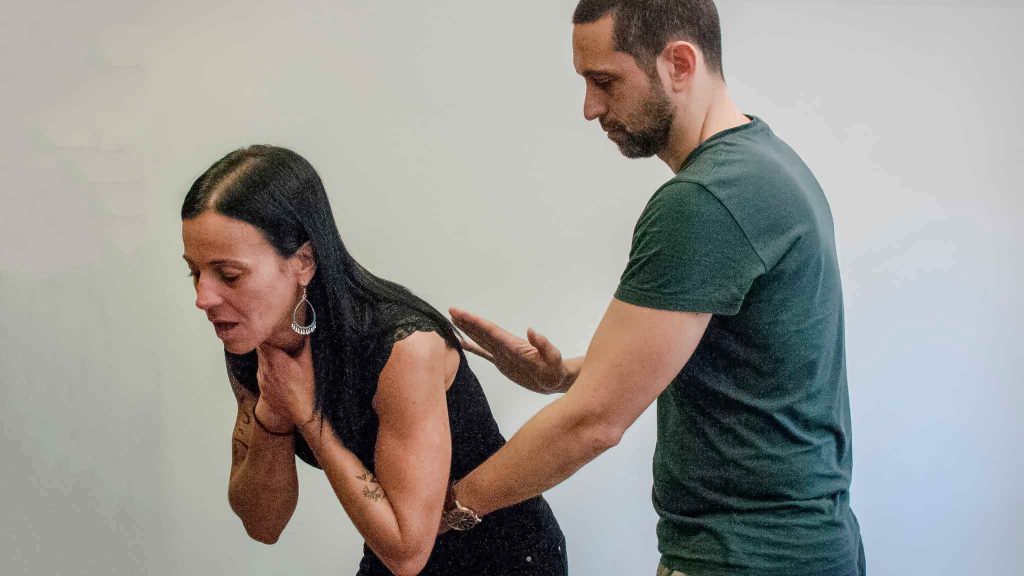
First aid for choking
Choking can be a frightening and potentially deadly experience, but knowing how to respond in an emergency can make all the difference.
When someone is choking, it’s important to act quickly and appropriately to help them get the air they need. To that end, this blog post will discuss the basics of first aid for choking, going over the necessary steps to take when faced with a choking situation.
Whether you’re a parent dealing with a toddler’s pesky habit of putting small objects in their mouth or you simply want to be prepared for any emergency situation, this article will provide you with crucial information about the proper steps to take when someone is choking.
What is choking?
When someone is choking, their airway is blocked and they cannot breathe.
Choking can be caused by food, a foreign object, or even vomit. If you see someone choking, it is important to act quickly and perform first aid.
There are two types of choking: partial and complete. With partial choking, the person can still breathe, but their airflow is restricted. With complete choking, the person cannot breathe at all.
If you see someone who is partially choking, encourage them to cough. If they are unable to cough or their coughing is ineffective, you should start choking first aid.
This involves giving 5 back slaps, between the shoulder blades with the heel of your hand. The person should be sat down or laid on their side. This will force air from the lungs and dislodge the object that is blocking the airway.
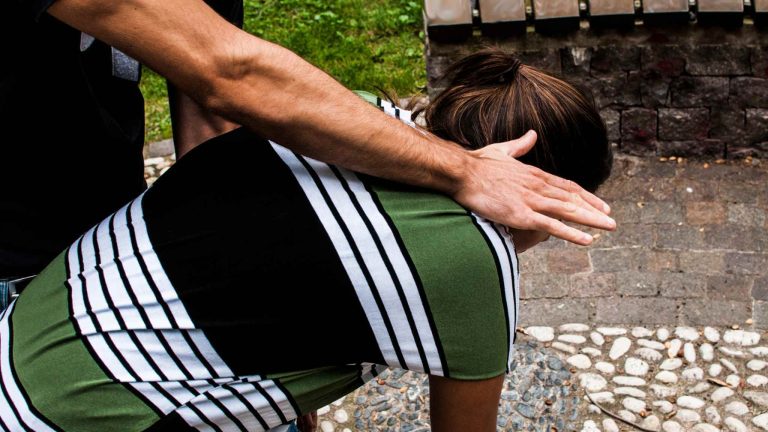
Once you have given 5 back slaps, if the situation has not changes, you must then perform 5 chest thrusts, using the heel of your hand between the nipples, giving 5 short sharp pushes in 1/3 of the depth of the chest.
The person should have their back against a. chair or wall, or laying on th floor.
If you see someone who is completely choking, call emergency services immediately.
Do not try to perform the Heimlich maneuver. This procedure is now outdated and can cause harm internally.
How to recognize when someone is choking
When someone is choking, their airway is blocked and they cannot breathe. Choking is a medical emergency and requires immediate treatment. There are many ways to recognize when someone is choking.
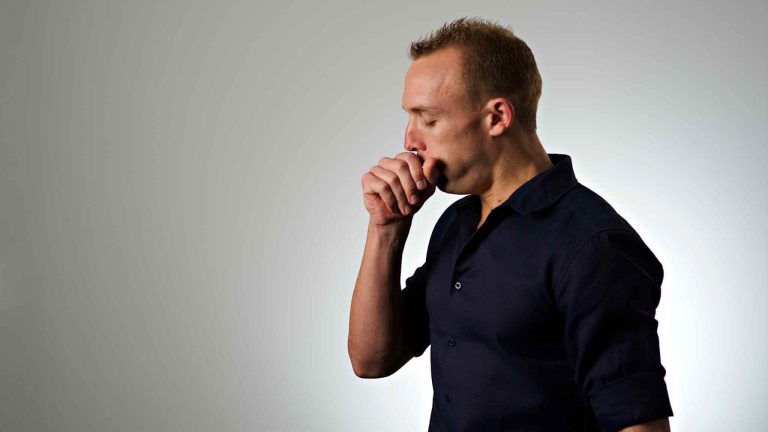
The first way to recognize when someone is choking is by their appearance. If someone is choking, they will usually have their hands at their throats, and they may be coughing or gagging. They may also have a panicked look on their face.
Another way to recognize when someone is choking is by their behavior. If someone is choking, they will usually be unable to speak or make any noise. They may also be unable to breathe or make any respirations.
If you see someone who appears to be choking, it is important to act quickly and provide them with first aid. First, try to assess the situation and see if the person can cough up the object that is blocking their airway. If the person cannot cough up the object, then you will need to perform the first aid for choking.
All reputable first aid companies will teach you this in their courses.
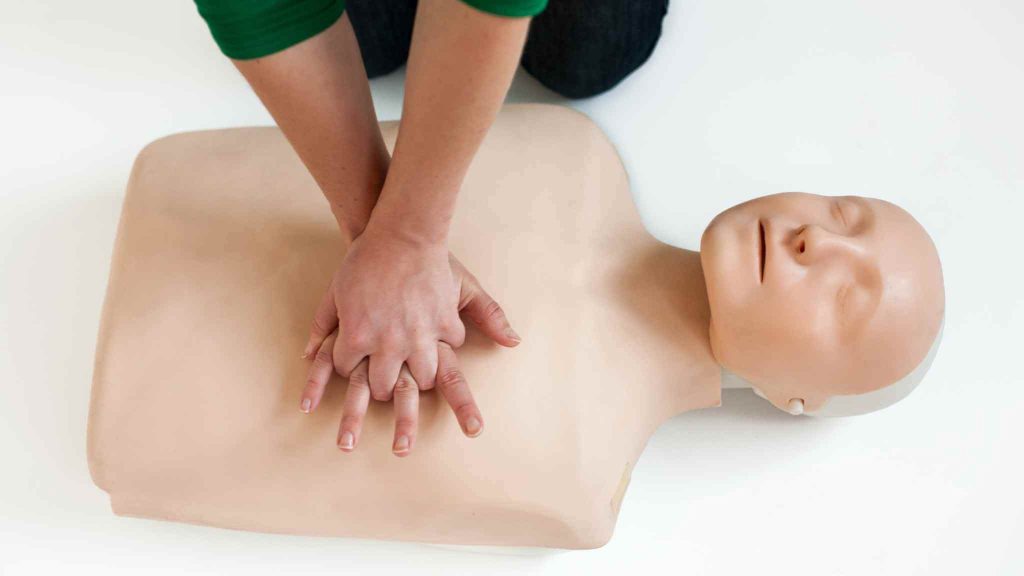
First aid for choking
If someone is choking, it means that the airway is blocked and they are not able to breathe. Choking is a medical emergency and requires immediate attention.
There are a few things you can do to help if someone is choking:
- Encourage them to cough – this will help to dislodge the blockage
- Give up to five back blows – stand behind the person and deliver sharp blows between their shoulder blades with the heel of your hand
- Give up to five chest thrusts – stand behind or beside the person and place your hand between the nipples. Give 5 short sharp pushes inward, approx 1/3 depth of the chest – repeat back blows and chest thrusts until the blockage is cleared
- If the person starts to breathe or cough, encourage them to keep coughing until the object is fully dislodged
- If they stop breathing, call emergency services immediately and start CPR
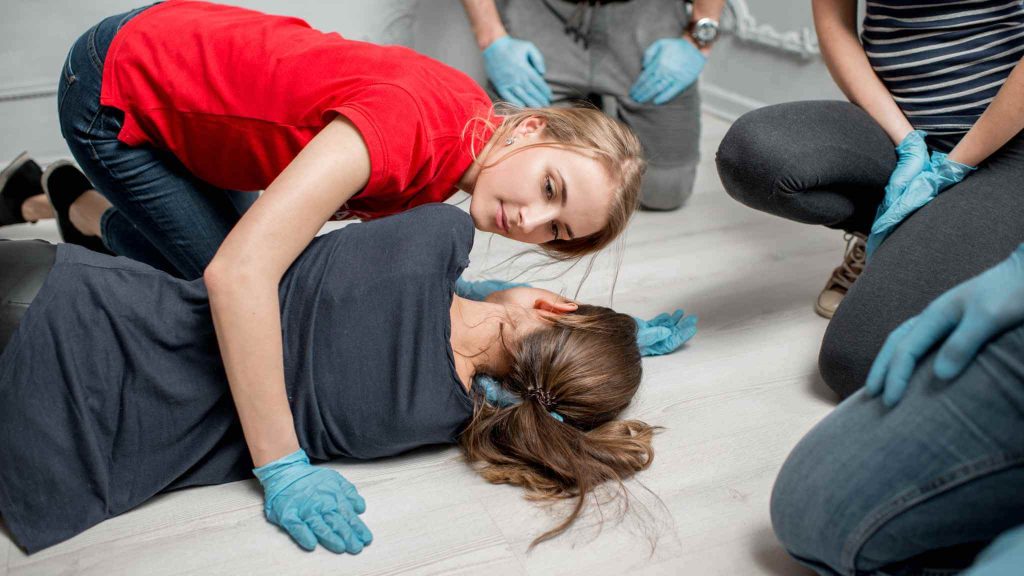
What not to do when someone is choking
When someone is choking, it is important to act quickly and calmly. Here are some things you should not do:
- Do not panic. This will only make the situation worse.
- If the person has a good productive cough, do not slap the person on the back.
- Do not try to dislodge the object with your fingers. This could push the object further down the throat.
- Do not give the person anything to eat or drink. This could cause them to aspirate (inhale) the object into their lungs.
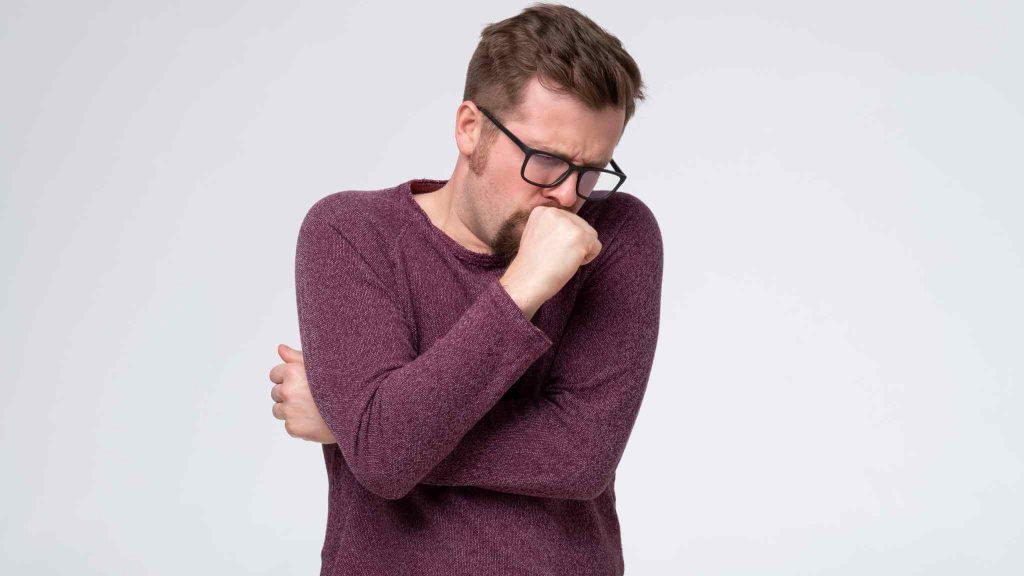
What are the common things people choke on?
One of the most common things people choke on is food.
If you are eating and start to feel like your airway is blocked, it is important to act quickly. Try to cough forcefully to try and dislodge the object. If that does not work, then someone else will need to perform choking first aid on you.
Other common objects that people choke on include:
- Toys
- Small pieces of jewelry
- Coins
- Buttons
Whats the difference between choking and gagging?
Choking occurs when the airway is blocked and air cannot flow into the lungs.
Common causes of choking include food or other objects lodged in the throat, or a foreign body such as vomit that blocks the airway. Choking is a medical emergency and requires immediate first aid.

Gagging is a reflex that occurs when the back of the throat is stimulated. It is often caused by an object such as a finger or toothbrush touching the back of the throat.
Gagging does not necessarily mean that the airway is blocked and does not require first aid.
What should I do if back blows don’t stop the person choking?
If someone is choking and the first 5 back blows dont work, then you need to start 5 chest thrusts.
You can do this by placing the heel of your hand between their nipples, in the centre of their chest, and push hard, in a short a sharp motion 5 times, each thrust being a few seconds apart.
As long as the person is still choking but breathing, continue the 5 back blows followed by 5 chest thrusts until help arrives or the person stops breathing.
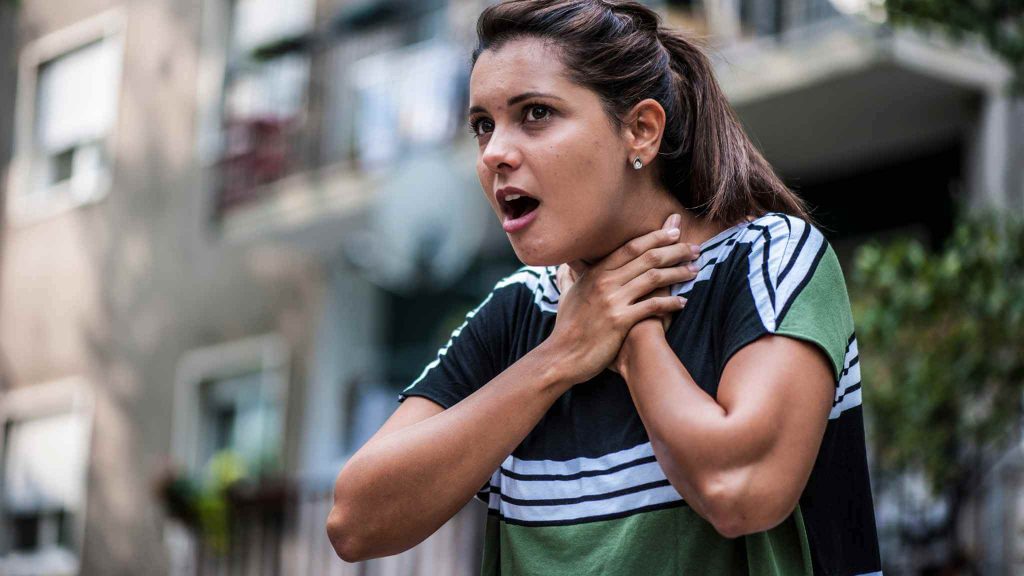
What should I do if the person becomes unresponsive?
If the person becomes unresponsive, call emergency services and start CPR. If you are trained in CPR, begin chest compressions at a rate of 100-120 per minute.
Should I help a child who is choking in a different way to how I help an adult?
If you are helping a child who is choking, it is important to remember that their airway is much smaller than an adult’s. This means that a piece of food or object can block their airway more easily. For this reason, it is important to use a different technique to help a child who is choking than you would use for an adult.
To help a child who is choking:
- Call emergency services immediately
- If the child is conscious and able to cough, encourage them to keep coughing to try and clear the obstruction
- If the child is not conscious or able to cough, you will need to commence CPR.

How do I help a baby who is choking?
If you see a baby choking, it is important to act quickly and remain calm.
The first step is to assess the situation. If the baby is coughing, it is likely that they are able to clear the obstruction themselves. However, if the baby is not coughing, or their cough is ineffective, they need your help.
To help a choking baby, you will need to give them five back blows between their shoulder blades with the heel of your hand.
If this does not dislodge the obstruction, you will need to give them five chest thrusts.
To do this, place your fist just below their nipple line and push inwards and upwards sharply. Repeat this until the obstruction has cleared or the baby starts to cry or breathe normally.
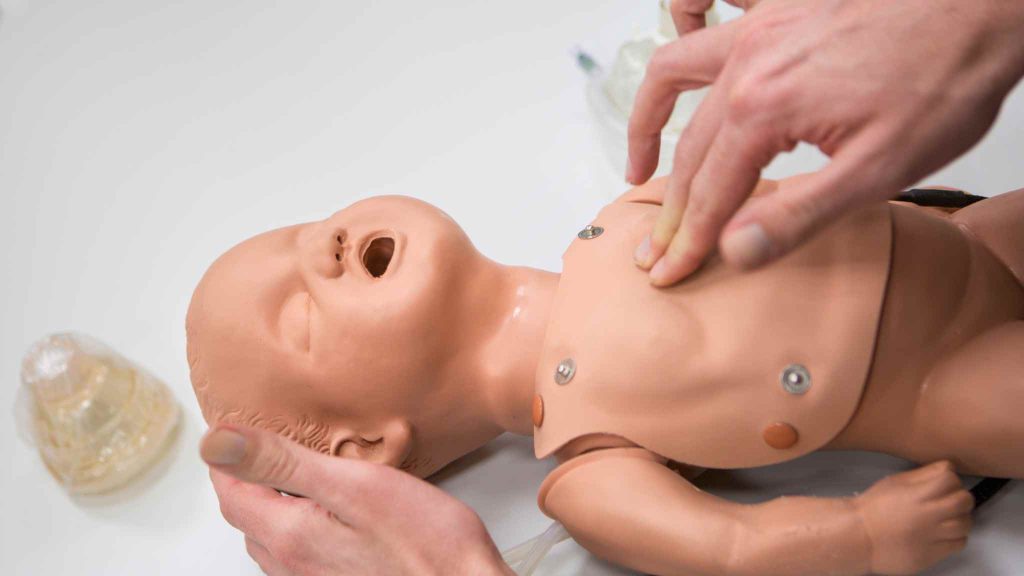
If at any point you are unable to clear the obstruction, or the baby becomes unresponsive, call emergency services immediately.
Common causes of choking
One of the most common causes of choking is eating too quickly. When you eat too quickly, you can easily inhale your food instead of chewing and swallowing it properly. This can cause your airway to become blocked.
Other common causes of choking include:
- Eating large pieces of food
- Eating food that is difficult to chew, such as hard candy or gum
- Wearing loose dentures
- Drinking alcohol
- Using drugs that make you drowsy

What factors put people at risk of choking?
There are many factors that can put a person at risk of choking. Some of the most common include:
- Eating too quickly
- Eating without chewing properly
- Eating while talking or laughing
- Eating sticky, chewy, or hard foods
- Wearing loose dentures
- Having an obstruction in the throat or airway (such as a foreign object)
Certain medical conditions can also increase the risk of choking, such as:
- GERD (gastroesophageal reflux disease)
- Dysphagia (difficulty swallowing)
- Narcolepsy
- Parkinson’s disease
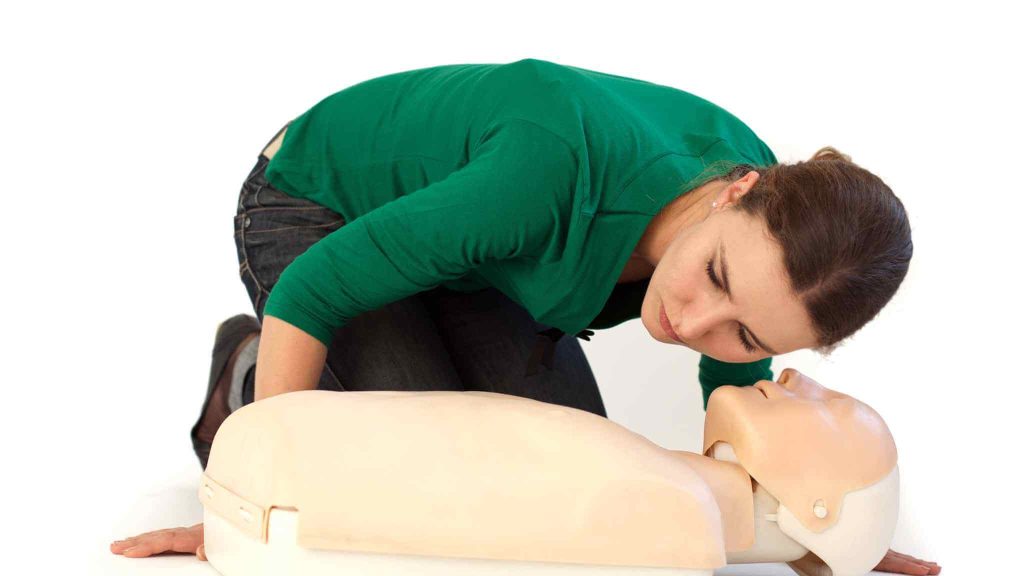
Choking is a serious medical emergency that can have dire consequences if not handled properly. Fortunately, it’s easy to learn the basics of choking first aid and it could save someone’s life.
We hope this guide on how to respond when someone is choking has given you an understanding of what to do in case of an emergency. Remember, stay calm, give abdominal thrusts or back blows as needed and call emergency services right away – chances are you will be able to help the person who is choking before they arrive!
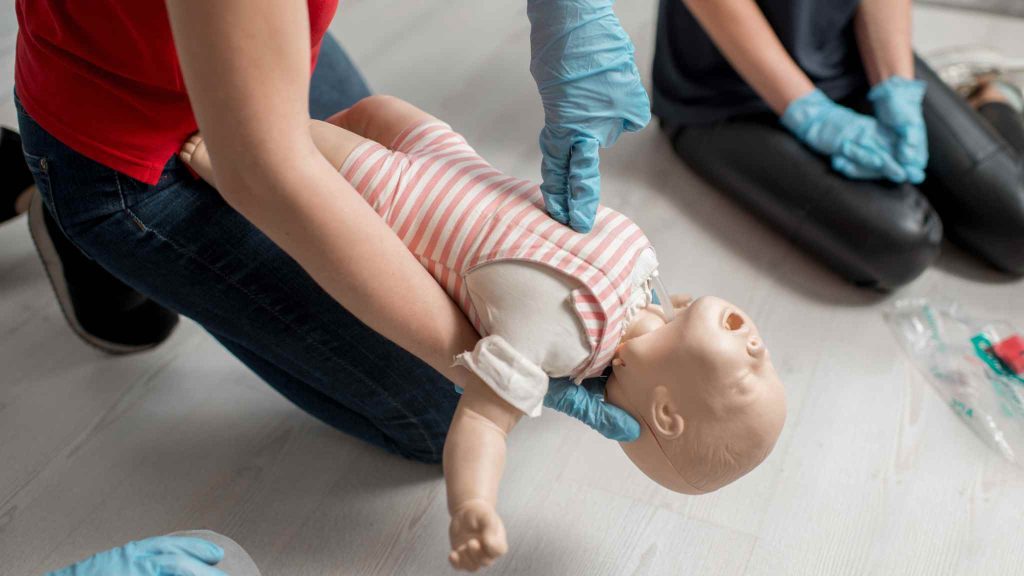
First Aid Courses At Your Workplace
We cover all medical emergencies, including stroke, in our CPR and first aid courses Australia-wide.
Contact us today about your first aid needs, and we will give you a quote on the same day. We come to your site!
If you find our course cheaper somewhere else, let us know and we will beat it by 10%!
While there are many different types of first aid courses available, choosing the one that is right for you and your workplace needs is important.
Contact us today via our website and we can organise your workplace first aid needs.

